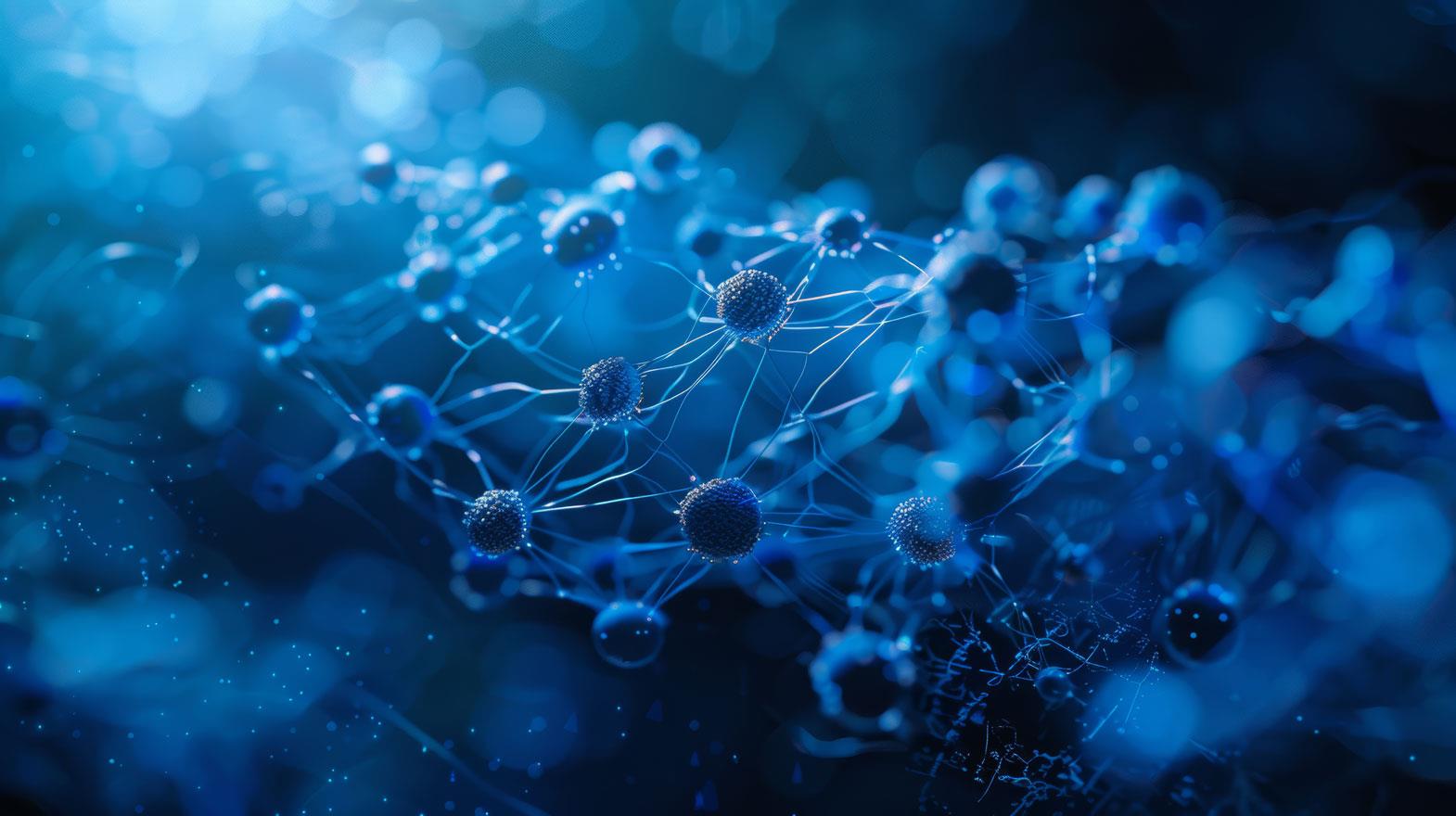According to a report, the market value for nanofibres was estimated to be $151.7 million in 2012, and is expected to reach a staggering $570.2 billion in 2017, after the forecast swelling at a five-year compound annual growth of 30 percent. The textile industry uses nanofibres that have diameters as big as 1000 nanometers. Melt-blown processes and electro-spinning are popular techniques currently being employed to derive nanofibres.
Melt-spun polypropylene fibres have been used widely conventionally for different purposes. Apart from this, other material gaining traction includes polybutylene terephthalate (PBT), polyethylene terephthalate (PET), thermoplastic polyurethane, low molecular weight polyethylene, polyamides (PA), and polyvinylidene fluoride, which are used in a variety of products from fuel filtration to performance apparel. These microfibres display some unique properties, for instance, they have an extremely high surface-to-weight ratio compared to the rest of the non-wovens. Tight pore size, large surface area to mass, high pore volume, and low density make them an apt choice for filtration. Some nanofibres are smaller than human hair and even tinier than pollen. Nanofibres play a huge role in shaping the medical textiles of the present and the future.
Nanofibres can improve and help in the process of healing wounds. It is used in aiding acute wounds like burns, surgical, and traumatic wounds because nanofibres allow gases and liquids to pass and at the same time keep the bacteria at bay, in order to avoid any infections. Ulcers and chronic wounds are covered with medical bandages developed using nanofibres with relevant polymers. A technology with multiple layers of nanofibres in different combinations is used for effective cleaning, protection, and to prevent contamination of the wound. The different layers include materials like chitosan, polyvinyl alcohol, gelatin, collagen, hyaluronic acid, carboxyl methyl cellulose, and polyurethane.
Since most of the human organs and tissues are in the form of nanofibre-like structures, using a scaffold made up of nanofibres in tissue re-engineering and repair can be of very good use. Using nanofibres, a 3D tissue model can be mimicked providing a proper environment for the cells to grow and attach. Nanofibres with anti-adhesion properties are used in post-surgical tissue adhesion of internal organs. The nanofibres used for such purposes possess the ability to dissolve into the body without causing any toxicity. Since they do not stick, it can keep organs away. Nanofibres used for tissue re-engineering are completely biodegradable and biocompatible.
Transforming the approach to deliver drugs in medical textiles are nanofibres that act as membranes. Moreover, therapeutics and nutrition supplements are also given to patients in hospitals using nanofibres. The fibres are layered with different amount of drugs and medicines to be delivered. The system of crosslinking polymeric nanofibres and a physical or chemical binding control the release of drugs. The thickness of membrane structures controls the discharge.
From making non-woven drapes, surgical gowns, sanitary napkins, diapers, and tray covers to drug and gene delivery, making artificial blood vessels, medical facemasks, and artificial organs, the use of nanofibres in the medical field is wide and continues to increase with novel researches and applications. For example, carbon fibres developed into the form of hollow nano tubes, which are in size smaller than blood cells have been designed using nanofibres and have the potential to carry drugs.
In order to gain access to parts of a brain, where even surgeons cannot reach, nano fibres are paving way. A thin film of nanofibres which mimicks the structure of nerves and blood vessels that can be used to locate cancer cells in an individual's brain are the kind of innovations happening in the field of biomedical applications. Re-engineering of a tissue with nanofibre structures can save the life of a person who has had a heart attack. Chitosan scaffolds developed by researchers are working towards making it a viable solution. Moreover, nanofibres with smart sensors can now detect and monitor heart rates of the wearer. The transmittable layer containing nanofibres which also acts as the electrodes takes care of the sending. Another commendable use of nanofibres is using them as composite meshes to remove nitrogenous waste from bloodstreams for patients suffering from kidney failure and undergoing dialysis.
These advancements show how rapidly the use and application of nanofibres in medical textiles is growing. However, the production of nanofibres requires huge financial investments and processes like electrospinning produce waste that is not very environment friendly, which needs additional equipment and budget at disposal. Companies are making efforts to overcome these challenges and strike a balance between cost, production, and environment to harness the potential marvel of nanofibres in medical textiles.
References:
1. Engr.utk.edu
2. Svu2000.org
3. Nafigate.com
4. Prweb.com
5. Textileworld.com








Comments